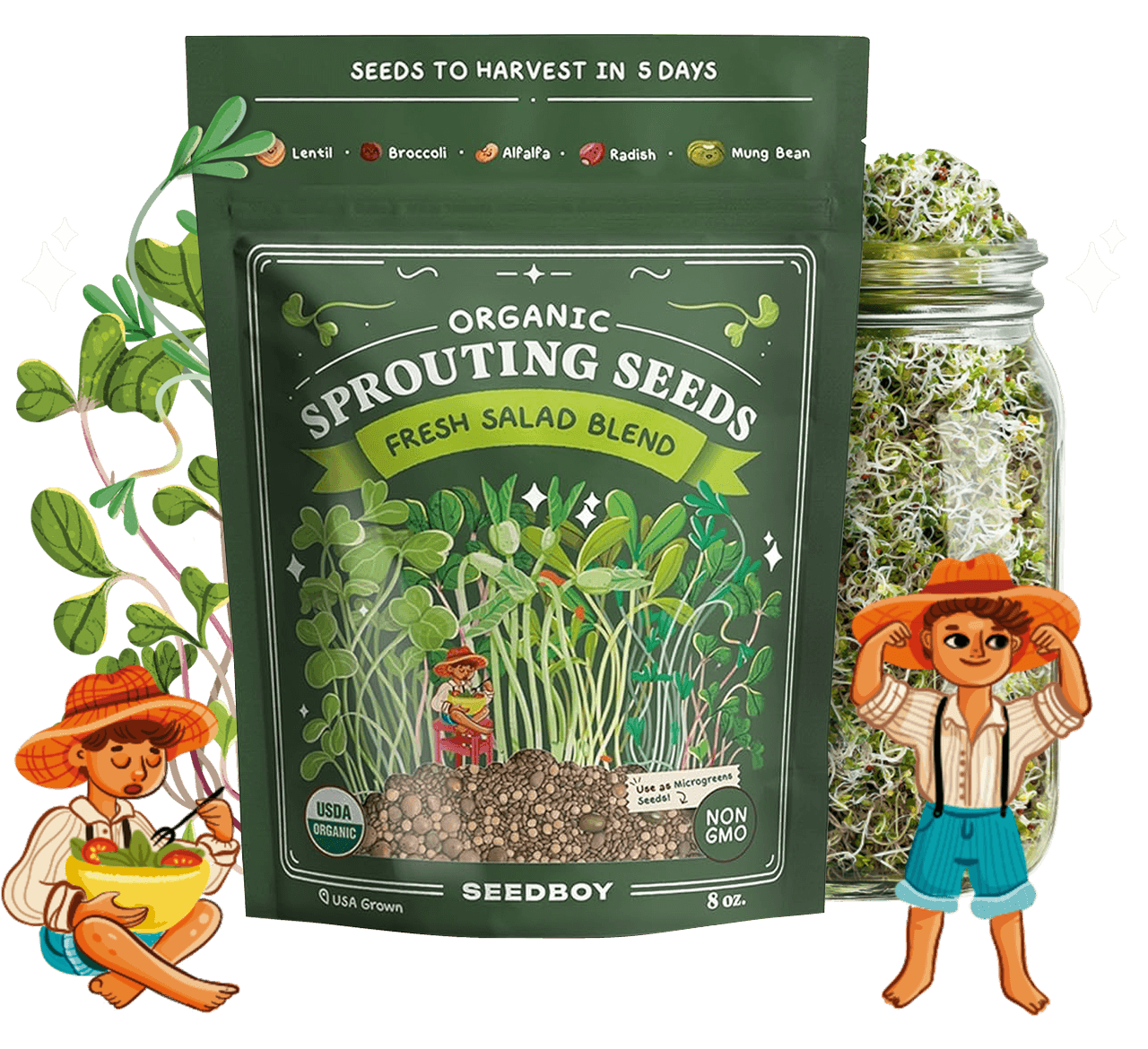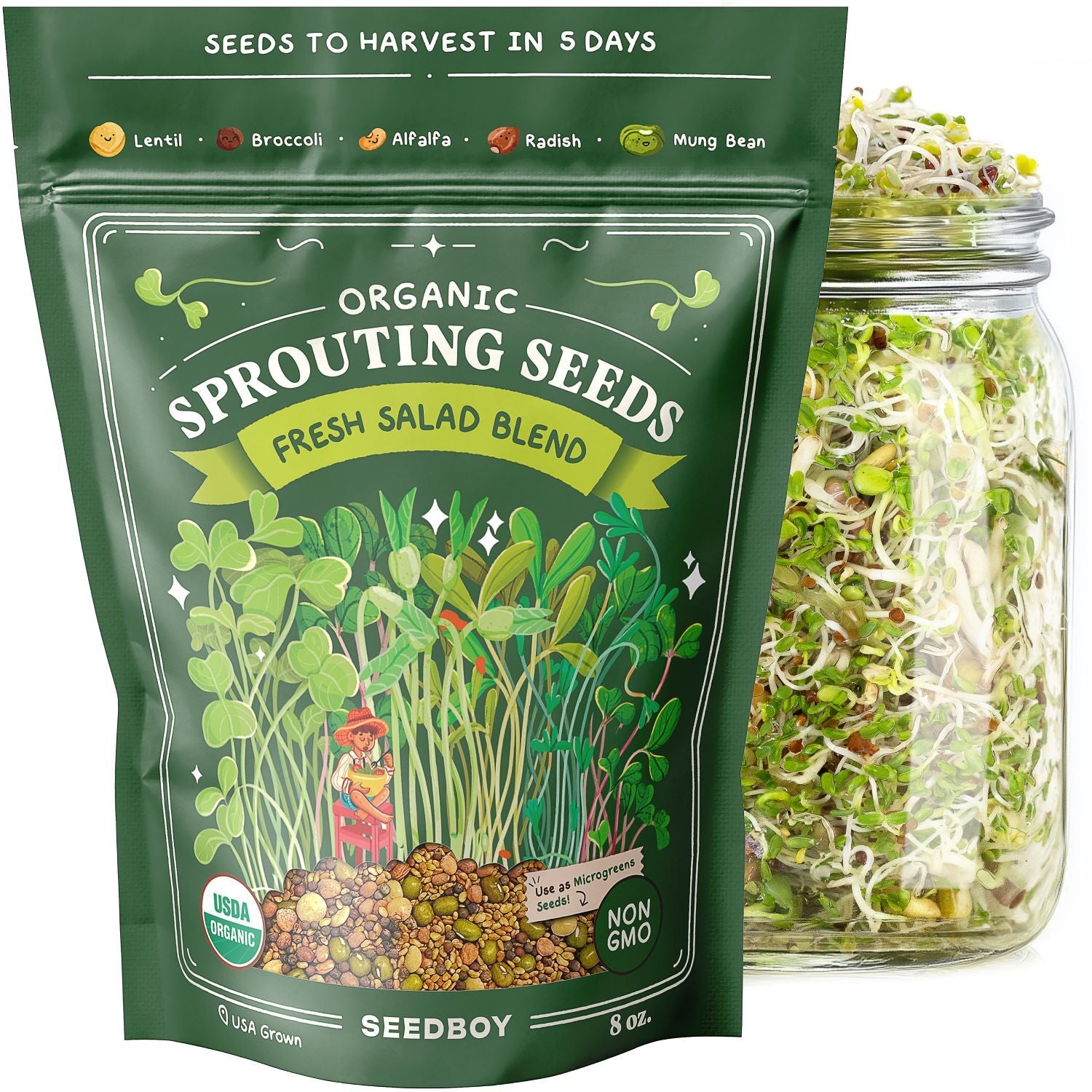
GROW GUIDE
English Lavender
Lavandula angustifolia
Plant Description
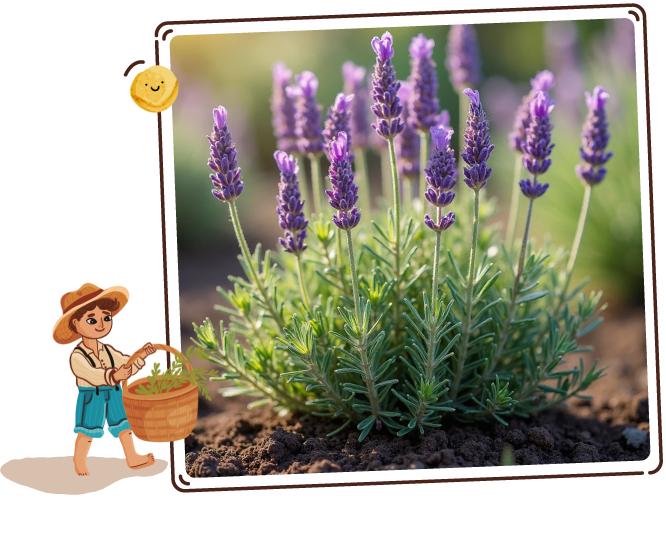
English Lavender
A quintessential feature in any aromatic garden, this herb displays fine, silvery foliage and dense, purple flower clusters.
As a part of the mint lineage, it offers a distinct, sweetly herbal scent and flavor, making it a favorite in both kitchen recipes and aromatic bouquets.
Quick Facts:
-

Sun Requirements
Full Sun
-
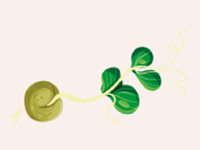
Days To Sprout
14-28 Days
-
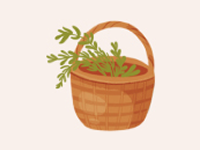
Days To Harvest
90-120 Days
-
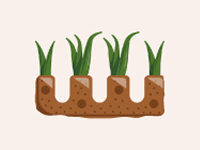
Plant Spacing
12"
-
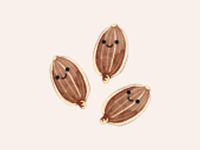
Seeds Per Hole
3
-
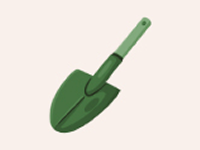
Planting Depth
1/8"
Best Planting Locations
-
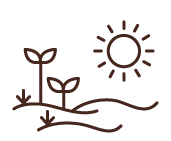
Open Fields
Provides space for extensive rows that benefit from full sunlight and good air circulation.
-

Raised Beds
Excellent for ensuring optimal drainage. Raised beds prevent root rot and foster robust growth by keeping roots dry.
-

Rock Gardens
Perfect for integrating lavender with other drought-resistant plants. Promotes drainage and mimics lavender’s native Mediterranean terrain.
-
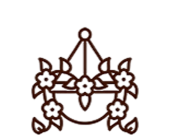
Containers
Suitable for patios, balconies, or limited-space gardens. Containers allow for better control of soil conditions and easy relocation to sunny spots.
Getting Started
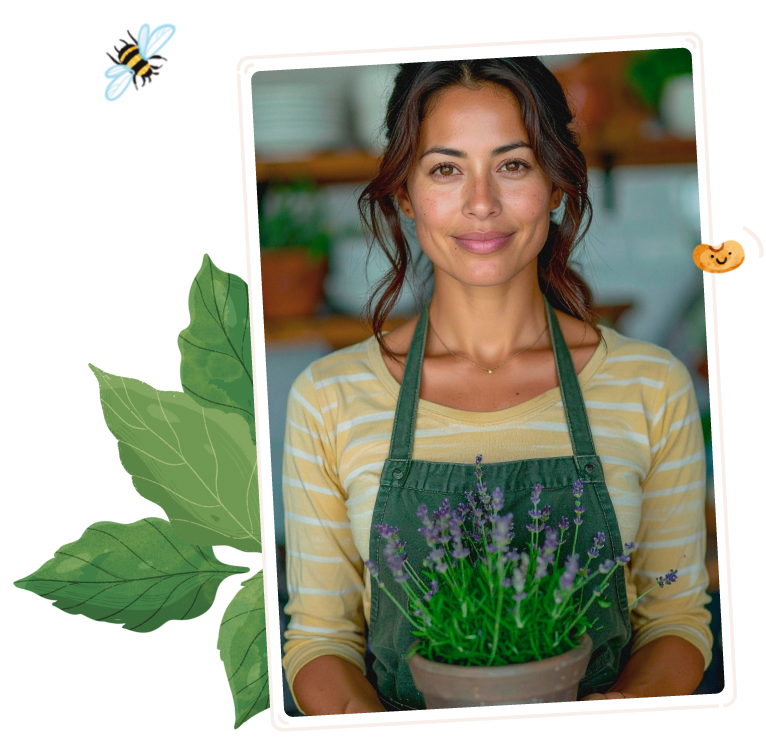
-
1
Find the Spot
English lavender thrives in full sun and well-drained soil. Choose a planting spot that basks in at least 6 hours of direct sunlight each day. For indoor cultivation, a south-facing window that offers plentiful sunshine is perfect.
-
2
Prep the Soil & Fertilizer
Use well-draining, slightly alkaline soil. English lavender thrives in less fertile conditions, but to enhance growth, incorporate a small amount of lime into the soil before planting or use a low-nitrogen, slow-release fertilizer.
-
3
Plant the Seeds
Before planting, stratify the seeds by speading them onto a folded and damp paper towel. Fold the paper towel over to cover the seeds, seal them in a plastic bag, and place them in the fridge for 2-4 weeks. The fridge temperature should be between 33° to 40° F.
Remove from fridge and plant 3 seeds per 1/8 inch deep hole in well-draining soil. Sow seeds shallowly as they require light to germinate. During germination, keep the soil consistently moist, but not soggy, and place in a bright location that receives 8-10 hours of light per day.
Keep the soil temperature between 65° to 70° F. Space seedlings or plants about 12 inches apart to allow ample room for growth and airflow.
Good Neighbors:
-
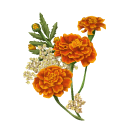
Marigold:
Both repel common pests and enhance each other’s growth
-

Rose:
Attracts pollinators, similar soil and sun needs
-
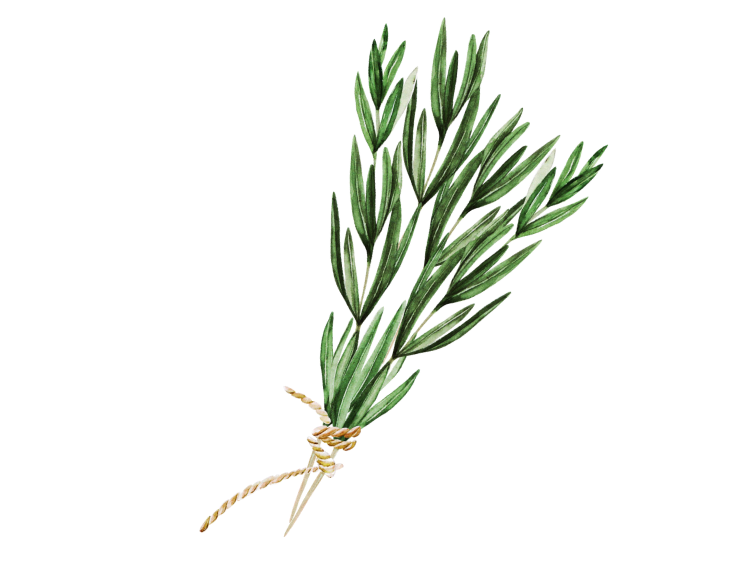
Rosemary:
Similar growing conditions, aromatic synergy
-
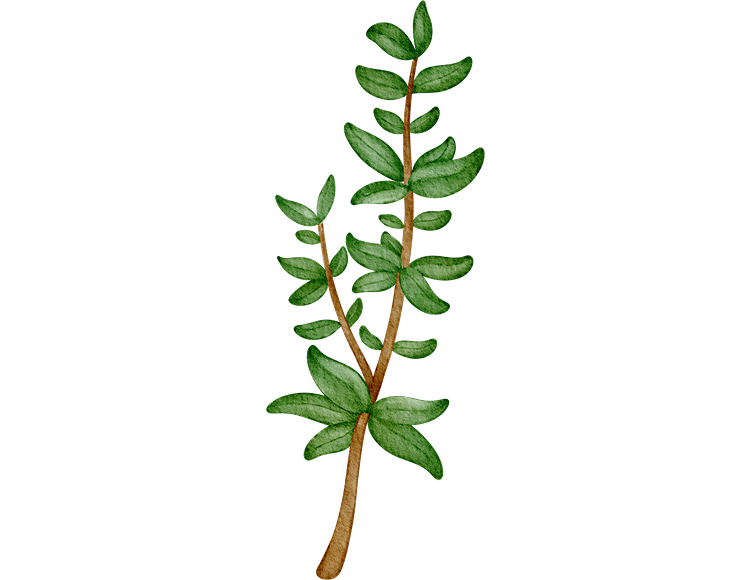
Thyme:
Similar growing needs and beneficial insect attraction
Enemy Plants:
-
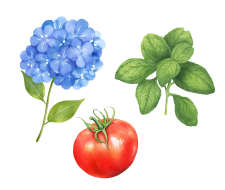
Hydrangea, Mint & Tomato:
Different soil moisture needs
Attractants:
-
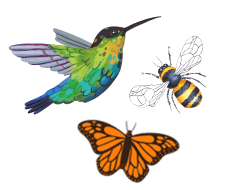
Bees, Butterflies & Hummingbirds:
Attracted to its nectar
Repellents:
-

Moths
Repelled by lavender's strong scent
-
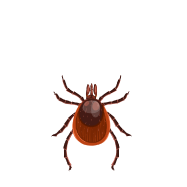
Ticks
Repelled by lavender's strong scent
-
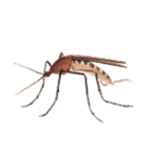
Mosquitoes
Repelled by lavender's strong scent
Best Time to Plant
USDA Hardiness Zones
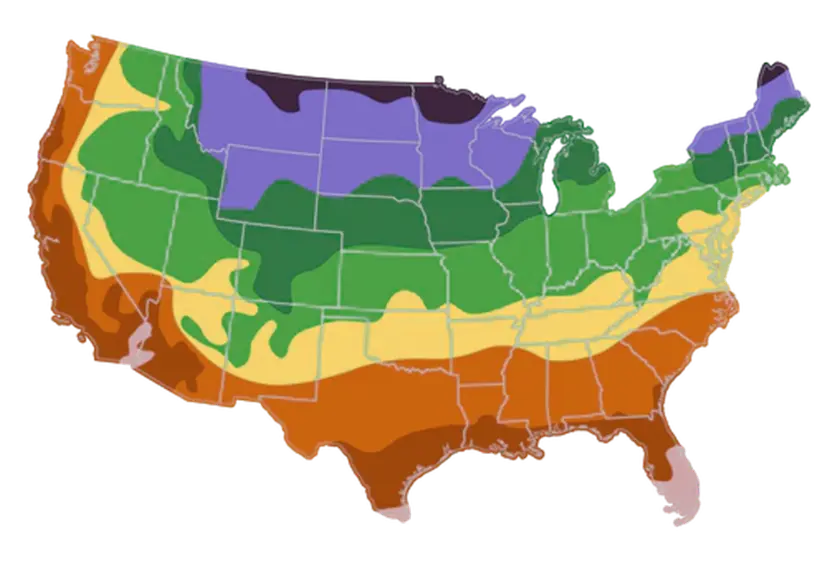
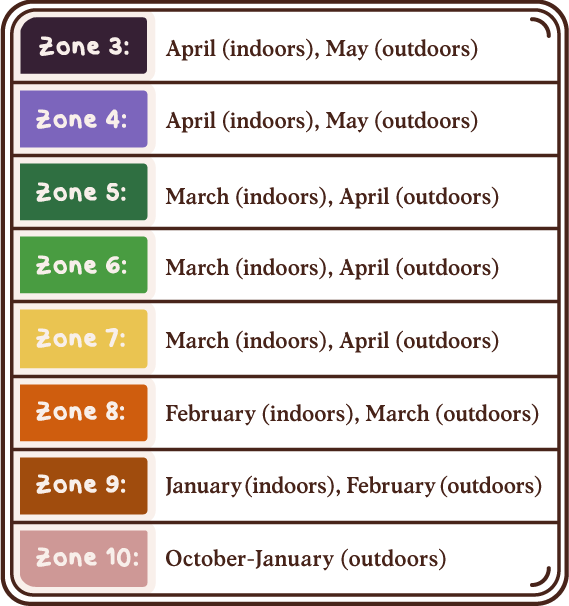
Day to Day Maintenance
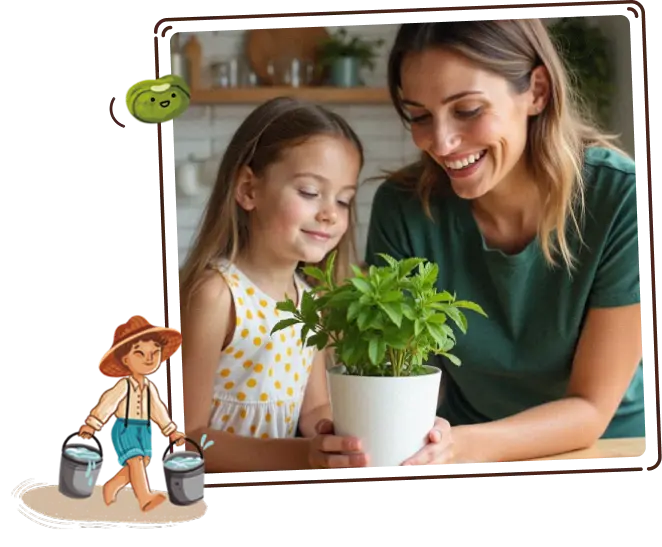
-
Watering
Water deeply but infrequently to maintain slightly dry conditions. English lavender prefers not to be too damp. Ensure good drainage and allow the soil to dry out between waterings to prevent root rot.
-
Pruning
Once your lavender plant is established, prune lightly in early spring and more aggressively after the first bloom to promote a second wave of flowers and maintain a compact shape. Always cut back to just above the new growth to encourage branching and prevent woodiness.
The Harvest
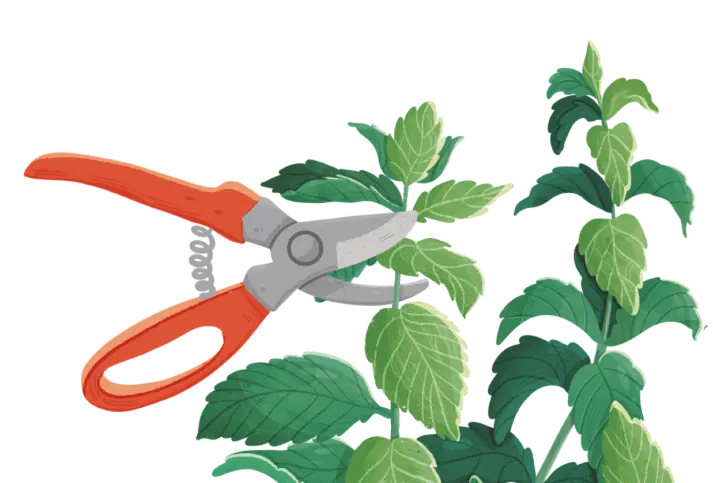
-
Gathering
Harvest lavender flowers when they are in full bloom but before they are fully open. Cutting the stems early in the day preserves the essential oils and aroma.
-
For the most potent fragrance and essential oils, harvest on a dry morning after the dew has evaporated but before the sun is at its strongest.
Favorite Uses
-
Essential Oils
-
Baths
-
Teas
-
Cocktails
-
Lemonade

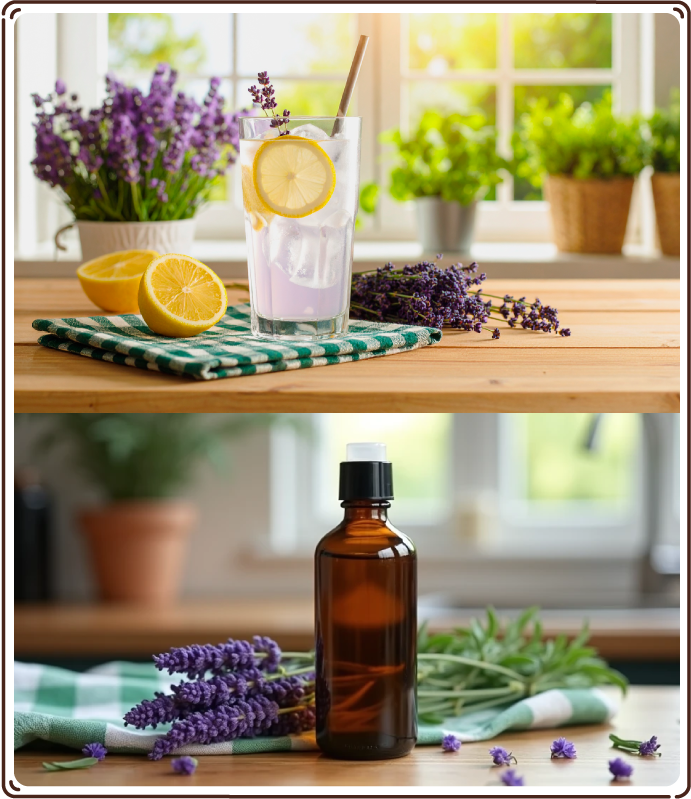
How to Store
-
Room Temperature
Duration: Up to two weeks
Location: Keep in a dry, dark place
Method: Tie lavender stems into bunches and hang them upside down in a well-ventilated area away from direct sunlight. This helps retain their scent and prevents mold.
-

Refrigeration
Duration: One week
Location: Store in the refrigerator
Method: Wrap the lavender gently in a slightly damp paper towel to maintain moisture but prevent the leaves from getting wet and soggy. Place the wrapped leaves in a plastic bag or an airtight container.
-

Freezing
Duration: Several months
Location: Store in the freezer
Method: Freeze whole lavender flowers or buds on a baking sheet, then transfer to a freezer-safe bag or container. This preserves the aroma and color for use in culinary preparations or potpourri.
-
Drying
Duration: One year
Location: Warm, dry, and well-ventilated area out of direct sunlight
Method: Besides hanging, you can also dry lavender buds by spreading them out on a screen or tray. Once dried, store them in an airtight container to maintain their fragrance for use in sachets, teas, and other aromatic applications.
Fun Facts
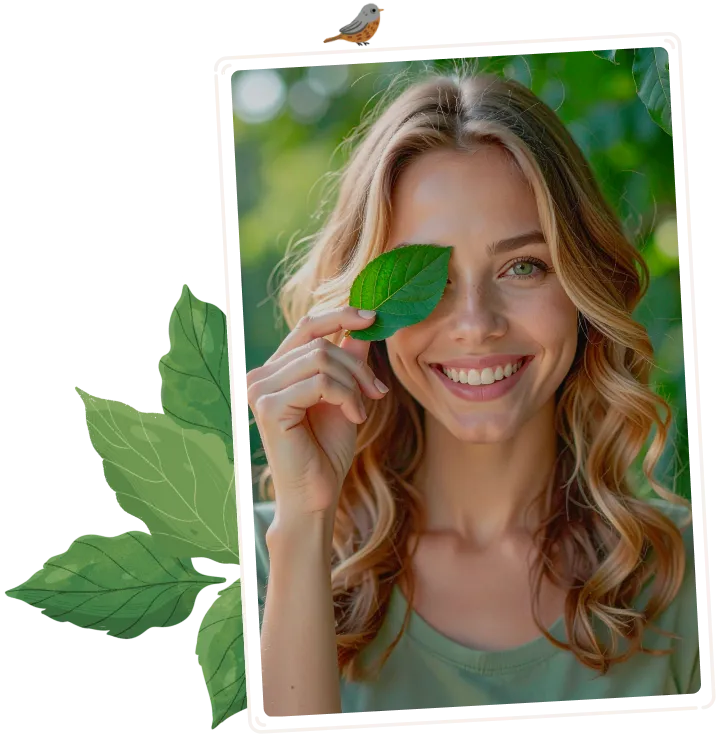
-
Historical Significance
Lavender has been used for over 2,500 years, starting from the ancient Egyptians who used it in the mummification process. The Romans used lavender for bathing, cooking, and scenting the air, highlighting its long-standing value across cultures.
-
Culinary Delight
English lavender is not just for decoration or fragrance; it's also edible. It's used to flavor baked goods, jams, and even beverages like tea and cocktails, providing a floral, slightly sweet flavor.
-
Pollinator-Friendly
Lavender is a favorite among bees and other pollinators, making it an excellent plant for supporting biodiversity. Its flowers provide a valuable source of nectar throughout the summer months.
-
Natural Antiseptic
The essential oil of lavender has natural antiseptic and anti-inflammatory properties. It has been used historically to clean wounds and treat burns and insect bites, showcasing its medicinal benefits beyond its relaxing aroma.
Subscribe to our Newsletter: "The Small Garden Chronicles"
Where curious growers gather for garden inspiration.
